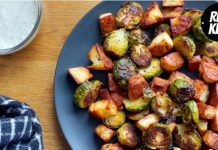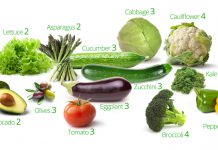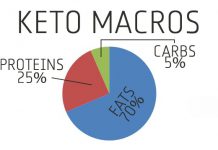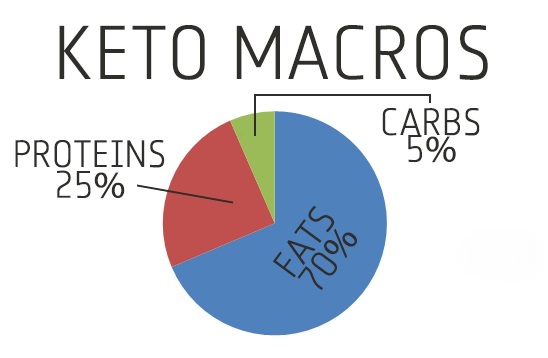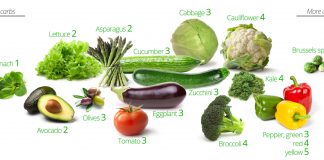I put a poll up on the Facebook group asking if people tracked their macros. Well I was surprised with the results and realized that almost half of the people that answered had no idea what macros were.
So I thought it’s best I do another write up and explain what macros are and how they will help you lose weight with Keto or other High Fat Low Carb lifestyles.
What are Macro Nutrients?
Nutrients are environmental substances that are used for energy, bodily functions and growth by organisms. Depending on the nutrient some of them are needed in small amounts and some are required in large amounts. Macro nutrients are required in large amounts and Micro nutrients are needed in smaller amounts.
There are three main macro-nutrients required by the body to function.
- Carbohydrates
- Proteins
- Lipids
Each of these provide energy in the form of calories. For example:
- Carbohydrates have 4 calories per gram
- Proteins have 4 calories per gram
- Lipids have 9 calories per gram
So by checking the label on the back of a food item and it has 20g of carbs, 0g protein and 0g fat then it would contain 80 calories. simple math! 😛
Macros and Keto
Every weight loss program/diet/lifestyle works by limiting the total amount of calories you eat, it’s just simple science, Keto is no different however due to the macronutrient makeup of a ketogenic lifestyle it’s quite easy to stay in a caloric deficit and lose weight. Most people do not need to count calories while in ketosis because they just naturally start consuming a normal healthy amount of calories.
Each of these nutrients have different effects on ketosis due to the way they are digested and the resulting effects on blood glucose and hormones.
- Carbohydrates are 100% anti ketosis due to raising both blood glucose and insulin levels in the body
- Protein is roughly half and half this is because almost half of your protein intake is converted to glucose which raises insulin
- Fat is 90% ketogenic which represents the small conversion of the glycerol portion or triglycerides to glucose
So with that both carbohydrates and protein will impact the development of ketosis. While fat intake has a rather minimal effect on ketosis, Basically how much fat you eat will affect how much of your stored bodyfat will be used for fuel. So that’s why we aim for a deficit in caloric intake so that our body needs to make up the rest and it takes it from our stored body fat.
How to calculate your macros
It is important that your macros are custom to you, What works for someone else,may not work for you. Please use the calculator and discuss any concerns with your healthcare professional.
The easiest way to calculate your macros that you need is to input your data in the Keto Calculator and screenshot or write down your results for later.
Be sure to be honest and fill out all the fields correctly, When filling out the calculator be sure to”
- Leave the kcal Base Metabolic Rate as default (Unless you know better)
- Choose the correct exercise amount
- Check the comparison pictures and try to estimate your body fat accurately or better yet get your body fat tested.
- Aim for 30g of carbs a day or lower!
- Stick to the middle ground on the protein selector unless you are extremely either side. eg (very sedementry or very active)
- Start with 20% fat deficit and see how you go for the first week.
Once it’s all filled out you should be presented with some personalized stats and a pretty graph! 🙂
My results are here:

If you use My Fitness Pal, now is a good time to go update your custom goals with the results from your calculator. Percentages in MFP and above is calculated for calories!
I hope this helped you work out what macros are and maybe understand how your body works a little better.
If you haven’t already read them check out some of my other keto related write ups.
5 Mistakes Every Newbie Makes On Keto
Top 10 Low Carb Vegetables on Keto







